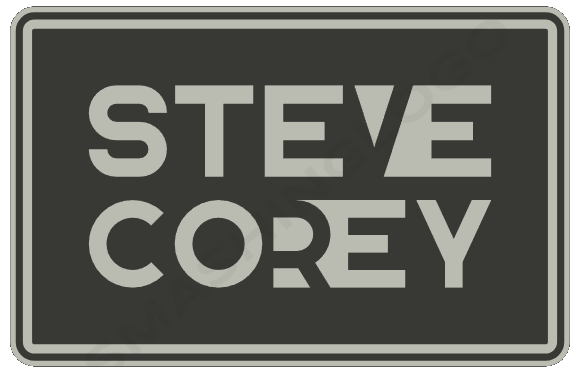
Overview
If you struggle with the concept of SharePoint content types, or wondered what they even are, I’m going to teach you in this article. There’s a lot of features inside SharePoint Online. Content types are one of the lesser understood features with most new SharePoint administrators and site owners. It’s a shame, really, because understanding this one concept changes how you build environments sites and intranets.
What used to be very tedious and frankly boring work becomes a way to empower your site owners. Better yet it helps to organize information in a way that makes retrieving it much easier, no matter what site that information was stored on. Content types are one of the core foundations of your SharePoint knowledge and much of what you learn will build on this.
You’re probably already familiar with creating SharePoint lists in libraries and adding custom fields. Things like:
-
- Document Category
- Department
- Due Date
and so on. You’re probably used to simply adding them to the document library itself. Well, that works fine, but what if you want to add those fields to another library? If that library is on the same site, you’ll just go to the other library and repeat the same actions, right? That’s where content types can be a huge time saver.
How it works
Instead of adding fields directly to the library you’re going to create something called a content type. A content type is essentially just a structure that defines your data. A news article is an example it would have fields like:
-
- Title
- Category
- Publish Date
- Expiration Date
- Status

When you create a content type it’s empty, without any fields. It’s kind of like a container. What it lets you do is add your custom fields right inside that container. When you do that, everything gets packaged together. This new package is how you’ll save time. You can go to a library that needs those fields and simply add the content type to it.
As soon as you do that, all those custom fields get added to the library automatically. There’s no need to add the fields individually. If another library needs them, add the same content type to that library, too!
Using content types lets you rubber stamp your custom data structures as needed. You can even add multiple content types to the same list or library, each with their own set of fields. As opposed to what you might have been doing, creating columns directly inside the lists and libraries, content types use Site Columns. They’re just like lists and library columns, but the main difference is reusability. Site columns can be used anywhere on the same SharePoint site, including in our custom content types.
What’s Next?
So now you know what content types are and how they’re used, but what’s the real point to using this instead of adding columns directly to lists and libraries? Sure, you save time with content types, but what else is there? Is there a bigger picture? What’s the End Game with content types?
If you create your content type on a site, it could be reused on any list or library on that site, just like with site columns. But, if you create it in the Content Type Hub, which sits above all your sites, you could use that content type everywhere in your SharePoint environment.
That makes it possible to define the standards for storing data and makes the lives of your site owners much easier. Less work for you. Less work for them. Defining standards for storing common types of data like policies, procedures, news articles, or any other type of data likely to be used across your environment is important.
It’s also crucial for presenting that information in a common hub like an Intranet. By adopting a common data structure across your Intranet, you can more easily roll up content to display all news across your departments for example. In other words, you’ll be able to execute a SharePoint search across all your environment and find all the data that use that content type.
This is one of the big ways you could start unleashing the power that SharePoint has. Storing information is important, but the whole point of storing it is to find and retrieve that information as quickly and easily as possible. All that starts with organization, and content types are one of the best ways to organize your information.
I hope this has helped you better understand what content types are and how they help you work better. Let me know in the comments whether this has helped you and if there’s a topic you’d like to see.

